
Cataclysta lemnata, the small china-mark, is a moth species of the family Crambidae. It is found in Europe, Morocco and Iran.

Agonopterix ocellana is a species of moth of the family Depressariidae. It is found in Europe and was first described by Johan Christian Fabricius in 1775

Agonopterix angelicella is a moth of the family Depressariidae. It is found in most of Europe, except the Iberian Peninsula and south-eastern Europe. It is also found on the Russian plain and Siberia and in Japan.

Agonopterix capreolella is a moth of the family Depressariidae. It is found in most of Europe, the eastern Palearctic realm, and the Near East.
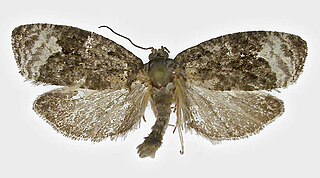
Apotomis capreana is a moth of the family Tortricidae. It is found in most of Europe, east to the eastern part of the Palearctic realm.

Epinotia nisella is a moth of the family Tortricidae which is found in the Palearctic, Europe and North America. It was first described be Carl Alexander Clerck in 1759.
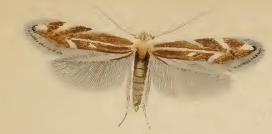
Bucculatrix maritima is a species of moth of the family Bucculatricidae. It is found in most of Europe, Russia and Japan. It was first described in 1851 by Henry Tibbats Stainton.
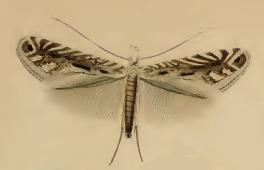
Parornix devoniella is a moth of the family Gracillariidae. It is known from all of Europe.
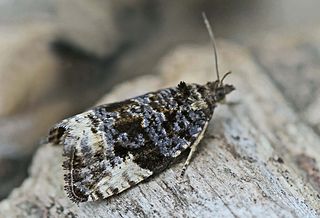
Hedya pruniana, the plum tortrix, is a species of moth of the family Tortricidae. It is found in the Palearctic realm. In central Europe, it is a common species. In the east, the range extends through Anatolia and Iran, the Ural, Transcaucasia and western Kazakhstan to the Far East.
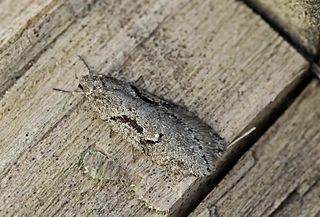
Semioscopis steinkellneriana is a species of moth of the family Depressariidae. It is found from most of Europe east to the eastern parts of the Palearctic realm.

Epinotia tetraquetrana, the square-barred bell, is a moth of the family Tortricidae. It is found from most of Europe east to the Near East and the eastern part of the Palearctic realm.

Agonopterix purpurea is a moth of the family Depressariidae. It is found in most of Europe.

Agonopterix subpropinquella is a moth of the family Depressariidae. It is found in most of Europe.

Agonopterix yeatiana is a moth of the family Depressariidae. It is found in most of Europe.
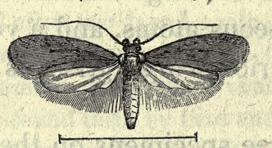
Agonopterix rotundella is a moth of the family Depressariidae and is found in most of Europe. It was first described from moths found in Surrey, England by the entomologist John Douglas in 1846.

Agonopterix assimilella is a moth of the family Depressariidae. It is found in most of Europe.
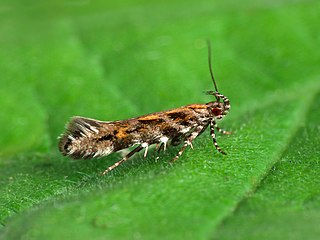
Aristotelia ericinella is a moth of the family Gelechiidae. It is found in most of Europe, except most of the Balkan Peninsula.
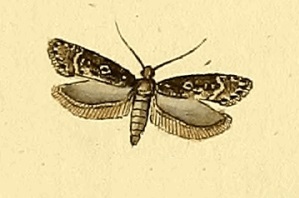
Gelechia sororculella, the dark-striped groundling, is a moth of the family Gelechiidae. It is widely distributed from Europe, throughout Siberia to the Russian Far East.
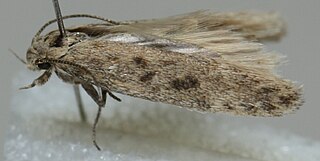
Scrobipalpa obsoletella, the summer groundling, is a moth of the family Gelechiidae. It is found in most of Europe, Turkey, the Caucasus, from Iran to Asian Russia (Transbaikal) and Mongolia. It has also been recorded from New Zealand, South Africa and North America, where it is probably an introduced species. The habitat consists of coastal salt marshes and sandy beaches.
Chionodes helicosticta is a moth in the family Gelechiidae. It is found in North America, where it has been recorded from Texas, Arizona, California and Oregon.

















